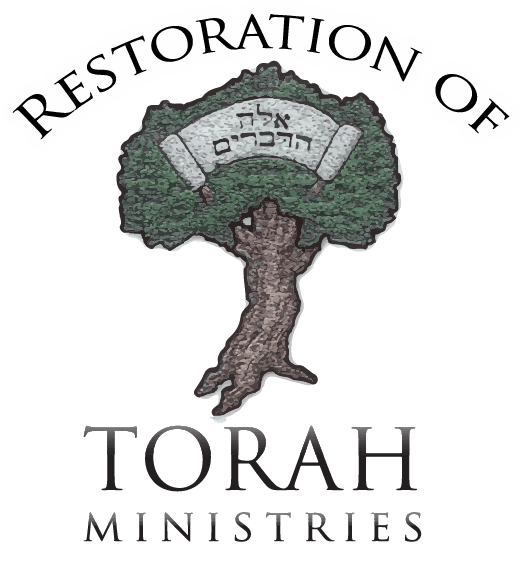At this time Adonai is restoring the Torah as the foundational document for faith and practice among those of us called out from the nations. When reading through the book of Acts and the Epistles, we clearly see the body of Messiah, consisting of Jewish and non-Jewish believers living in Torah-based communities. Why didn't this union of Jew and non-Jew continue throughout the centuries? What happened to separate the non-Jewish believers from their Hebraic roots? Why did the early Western Roman church set itself against the synagogue and early Messianic believers? Hopefully, these well documented articles will answer some of these questions.
A Brief Survey of Early Church History - This is the first of four articles examining the "Seeds of Separation" planted within the body of Messiah. These seeds of separation caused non-Jewish believers to reject the Torah (Law) and separate from the Messianic Jewish believers. This first article is a general overview of Church history as it relates to the theme of "Seeds of Separation."
They Were Different From the Jews and Different From the Christians
- This second article presents a plethora of evidence that 1) the non-Jewish believers of the Western Roman Church deliberately separated themselves from the Messianic Jewish believers, 2) the early Messianic believers (of the book of Acts) and their offspring (through many generations) continued to observe the Torah (Law) since they did not perceive it as having been abolished, and 3) the non-Jewish believers separated themselves from the early Messianic Jewish believers because of issues related to obedience to the Torah (Law).
The Earliest Divisions Within the Christian Church
- This article provides concrete evidence (from the recorded testimony of Christians of the 1st - 4th centuries) that the earliest Christian Churches worshipped on the Biblical Sabbath day and kept the festivals of Leviticus 23. Furthermore, it shows that the Western Roman Churches were the first to abolish Sabbath and Festival observance, while the Churches of the East (including those listed in the book of Revelation) continued to celebrate Passover and other Feasts found in Leviticus 23 to the dismay of the Western Churches.
Seeds of Separation, Fruits of Replacement
- The fourth article discusses one of the most damaging effects of the seeds of separation--Replacement Theology. After rejecting the Torah and their Hebraic roots, the non-Jewish believers went on to define themselves as "the church," an entity separate from and better than the people of Israel. The Church Fathers saw the destruction of Jerusalem (and the Temple; 70CE), and the exile of the Jewish nation (135 CE) as divine signs that Adonai had rejected Judaism (specifically the Mosaic covenant) as a religion and the Jewish people as the covenant people of Adonai. With forty references, this article clearly discusses the motivations of the Church Fathers for separating themselves from anything Jewish and how they did it.
